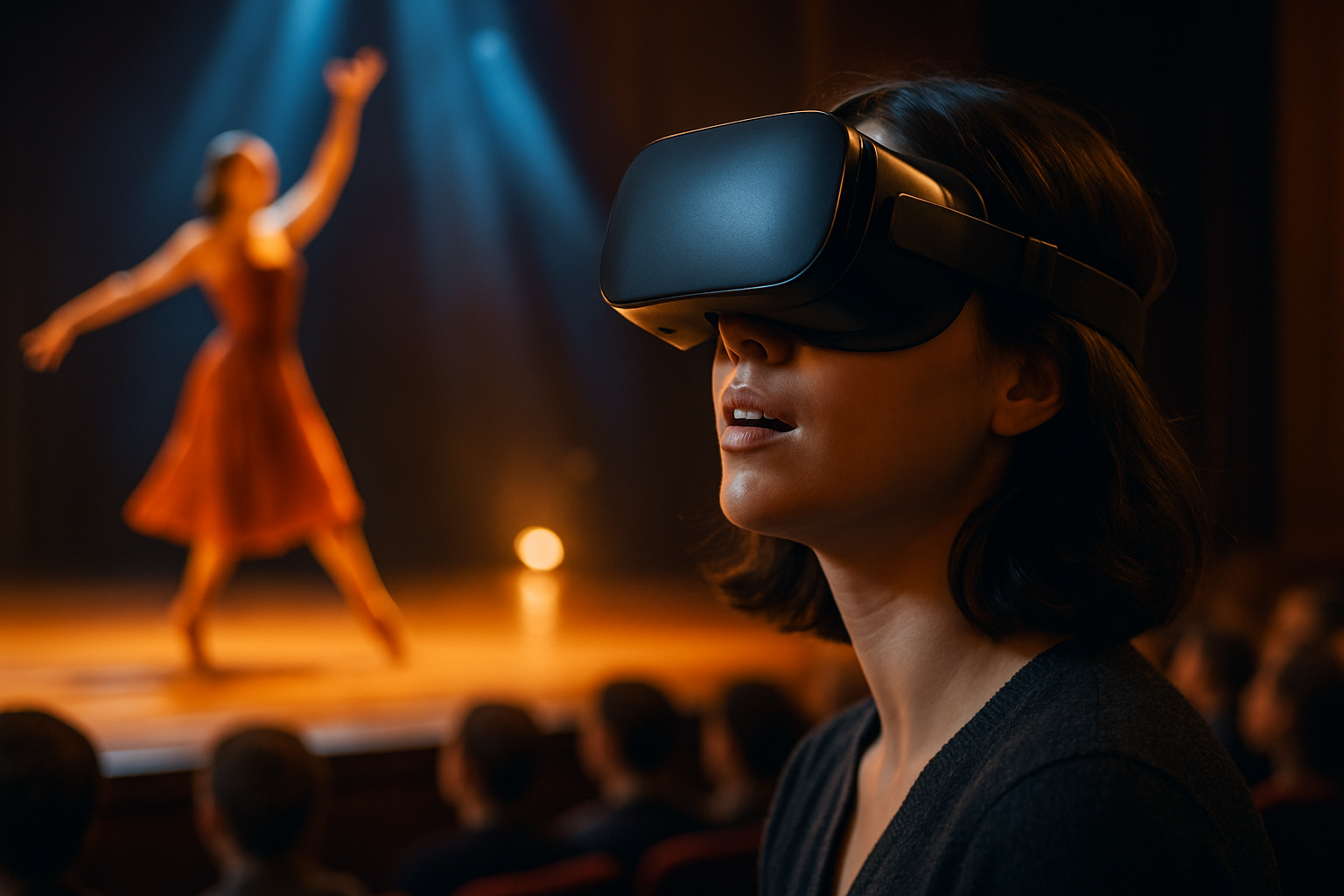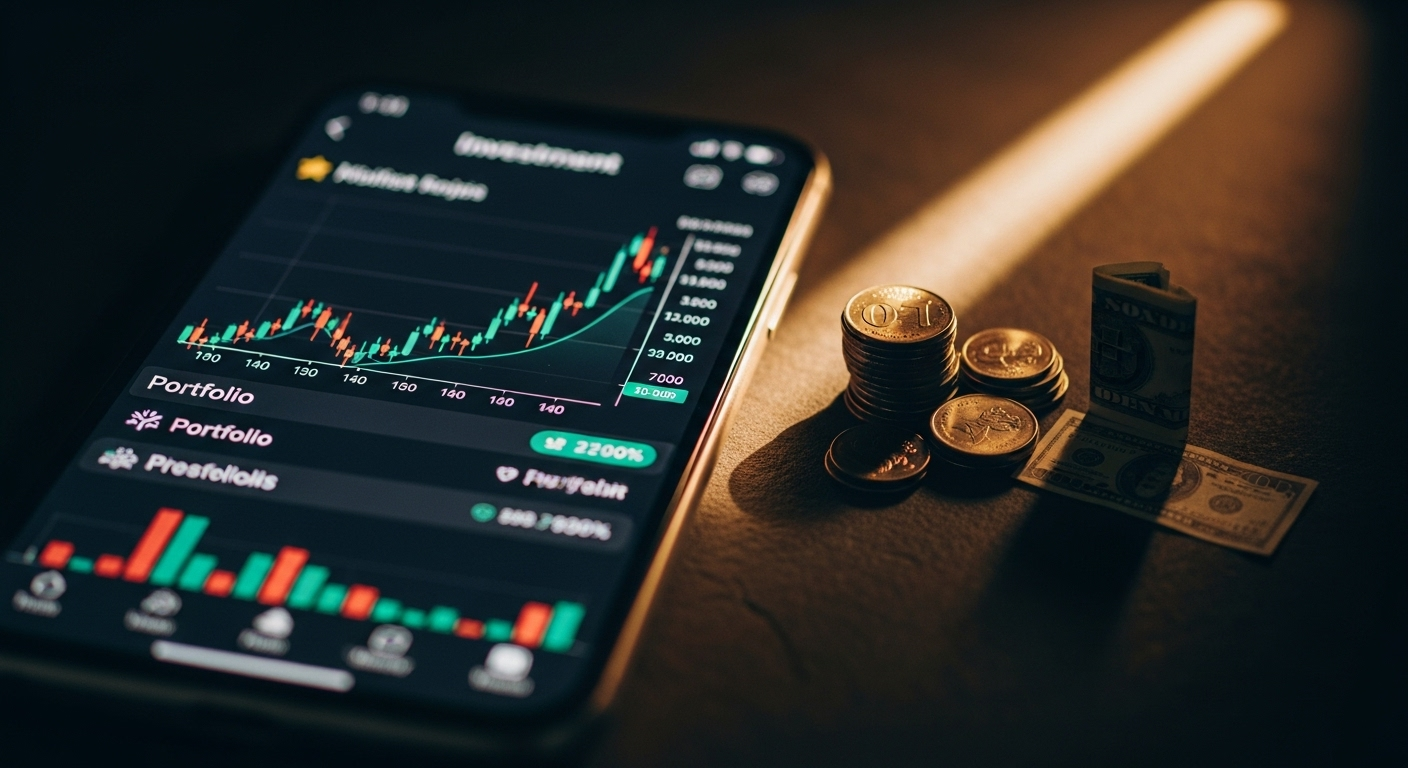A New Dawn: The Rising Influence of Virtual Reality in Performing Arts
In an era where technology and artistry intertwine, a new form of expression emerges—Virtual Reality (VR) in Performing Arts. This article delves into the historical context, current developments, and the profound impact of this innovative trend on the global stage.

The Genesis of Virtual Reality in Performing Arts
Virtual Reality, a concept once confined to the realms of science fiction, has now permeated various sectors, including the performing arts. The journey began in the late 20th century when artists started exploring the potential of VR as a medium for artistic expression. Early adopters faced numerous challenges, including limited technology and public skepticism. However, their relentless pursuit paved the way for the integration of VR in today’s performing arts.
The Current Landscape: VR Takes Center Stage
Fast forward to the present day, VR has become an integral part of performing arts. From immersive theatre productions to virtual ballet performances, the technology is revolutionizing the way we experience art. The COVID-19 pandemic has further accelerated this trend, with many artists and institutions turning to VR to connect with audiences amidst social distancing restrictions.
The Impact: A New Dimension to Artistic Expression
The incorporation of VR in performing arts has had a profound impact on both artists and audiences. For artists, it offers a new dimension for creative expression, allowing them to transcend physical boundaries and create immersive experiences. For audiences, VR provides an opportunity to engage with performances on a deeper level, blurring the line between observer and participant.
The Reception: Embracing the Future of Performing Arts
The reception to VR in performing arts has been overwhelmingly positive. Critics laud it as a game-changer, heralding a new era in artistic expression. Audiences, too, have embraced the technology, with many relishing the opportunity to experience performances in a whole new way. However, like any innovation, it also faces its share of criticism, with some purists arguing that it detracts from the traditional essence of performing arts.
The Future: A Virtual Stage Awaits
As we look to the future, it’s clear that VR will continue to play a pivotal role in performing arts. With advancements in technology and growing acceptance among artists and audiences, the stage is set for a virtual revolution. The potential is immense—from democratizing access to performances to creating new forms of artistic expression, the possibilities are as boundless as the virtual worlds we can create.
In conclusion, the integration of Virtual Reality in performing arts marks a significant milestone in the evolution of artistic expression. As we continue to navigate this exciting landscape, one thing is certain—the performing arts will never be the same again.





